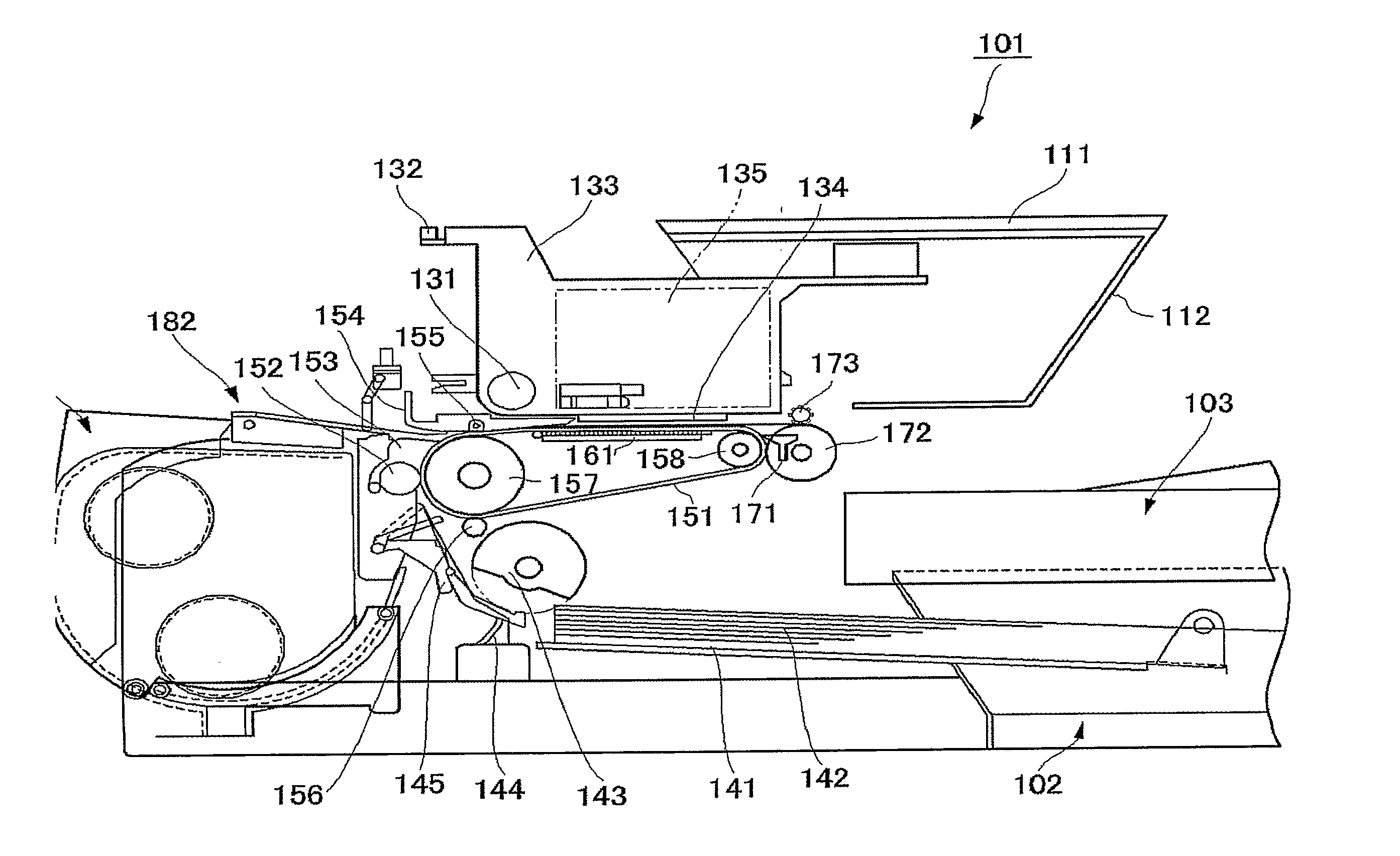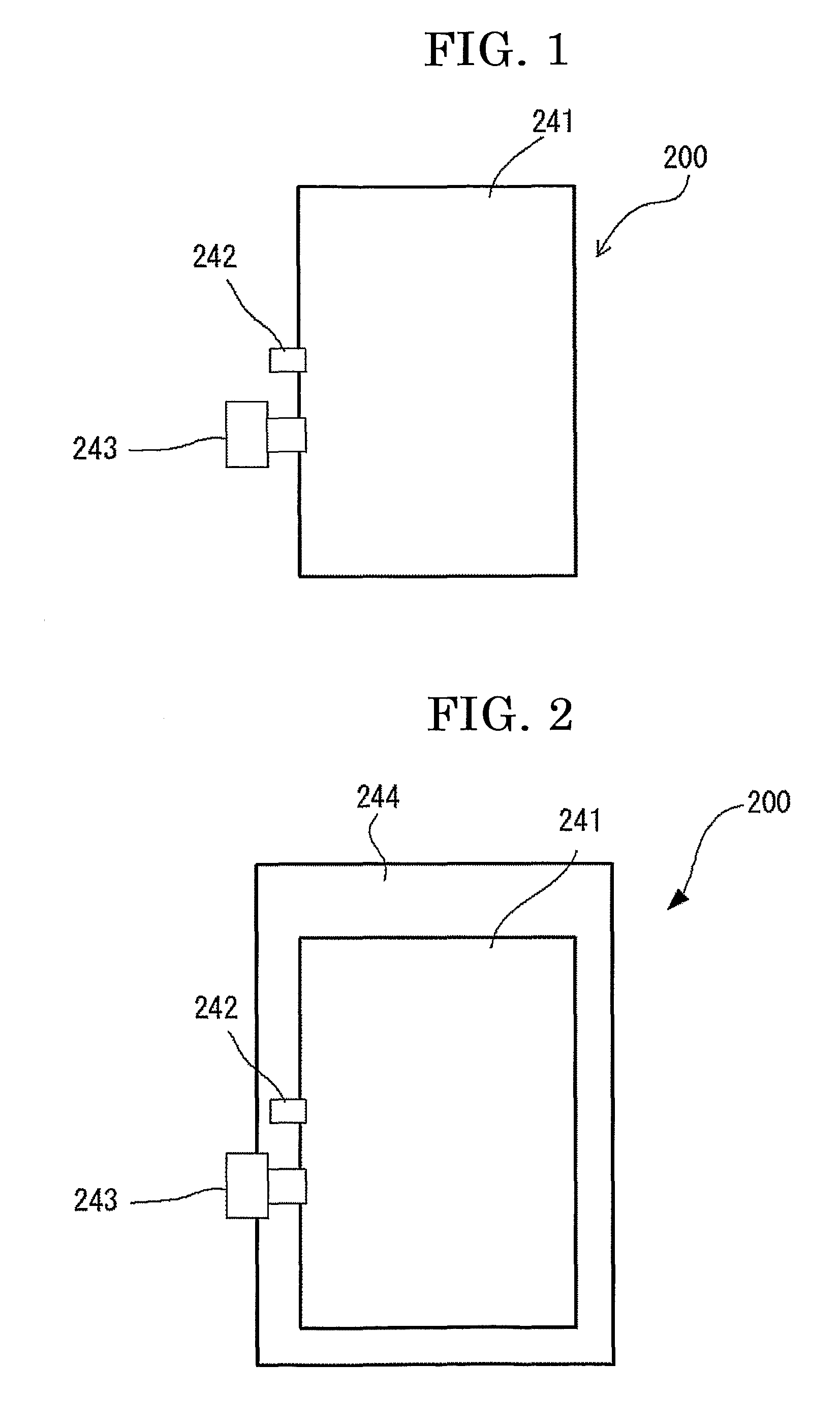Ink-jet recording ink, ink-jet recording ink set, ink-jet recording ink media set, ink cartridge, ink-jet recording method and ink-jet recording apparatus
a technology of inkjet recording and inkjet printing, which is applied in the direction of inks, instruments, transportation and packaging, etc., can solve the problems of not meeting all requirements, problem with printing quality, and pigment inks still remain more problematic than dye inks in color development ability and stability, so as to improve color development, reduce color bleeding, and increase image density
- Summary
- Abstract
- Description
- Claims
- Application Information
AI Technical Summary
Benefits of technology
Problems solved by technology
Method used
Image
Examples
preparation example 1
Surface-Treated Carbon Black Pigment Dispersion Solution
[0238]Into 3,000 mL of 2.5N sodium sulfate solution, 90 g of carbon black having a CTAB specific surface area of 150 m2 / g and a DBP oil absorption of 100 mL / 100 g was added, then the mixture was stirred at a temperature of 60° C. and a rotational speed of 300 rpm and subjected to reaction for 10 hr, and the carbon black was thus oxidized. This reaction solution was filtered, then the carbon black which had been filtered out was neutralized with a sodium hydroxide solution and subjected to ultrafiltration.
[0239]The carbon black obtained was washed with water and dried, then dispersed into purified water such that its amount was 20% by mass.
preparation example 2
Surface-Treated Yellow Pigment Dispersion Solution
[0240]As a yellow pigment, a pigment was produced by plasma-treating C. I. Pigment Yellow 128 at a low temperature and introducing a carboxylic acid group. This pigment was dispersed into ion-exchange water, then the solution was demineralized and condensed using an ultrafiltration membrane, and a yellow pigment dispersion solution having a pigment concentration of 15% was thus obtained.
preparation example 3
Preparation of Surface-Treated Magenta Pigment
[0241]A surface-modified magenta pigment was prepared in accordance with the procedure of Preparation Example 2, using Pigment Red 122 instead of C. I. Pigment Yellow 128. As in the above-mentioned example, a surface-modified coloring pigment obtained was easily dispersed in an aqueous medium when stirred, then the solution was demineralized and condensed using an ultrafiltration membrane, and a magenta pigment dispersion solution having a pigment concentration of 15% was thus obtained.
PUM
| Property | Measurement | Unit |
|---|---|---|
| viscosity | aaaaa | aaaaa |
| surface tension | aaaaa | aaaaa |
| refractive index | aaaaa | aaaaa |
Abstract
Description
Claims
Application Information
 Login to View More
Login to View More - R&D
- Intellectual Property
- Life Sciences
- Materials
- Tech Scout
- Unparalleled Data Quality
- Higher Quality Content
- 60% Fewer Hallucinations
Browse by: Latest US Patents, China's latest patents, Technical Efficacy Thesaurus, Application Domain, Technology Topic, Popular Technical Reports.
© 2025 PatSnap. All rights reserved.Legal|Privacy policy|Modern Slavery Act Transparency Statement|Sitemap|About US| Contact US: help@patsnap.com



